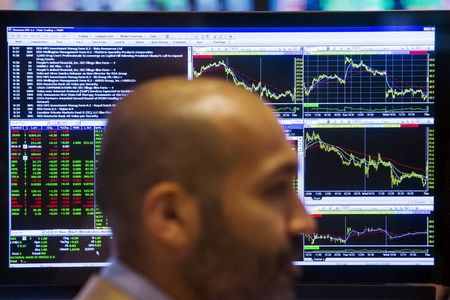Follow us on LinkedIn
Quantitative trading, which relies on computer algorithms to make decisions about when and how to trade, has become a more dominant form of trading in equity markets. This type of trading employs mathematical models to identify opportunities and optimize trades. While quantitative trading is prevalent in equity markets, it is less popular in credit markets.
This situation might change, as more institutions are looking into systematic investing in credit markets,
But the drumbeat around systematic credit investing has been building for some time now amid a structural shift in the way corporate bond markets are traded and organised towards a more equity-like model. That upheaval is opening the door to a new breed of investors intent on shaking up corporate credit with the kind of model-driven strategies that are now prevalent in equity markets. Assets under management in actively managed quant credit strategies have more than doubled over the past five years to US$52bn in 2021, according to preliminary estimates from data firm eVestment. Read more
Applying the quantitative trading techniques developed for equity to credit markets is, however, not trivial,
Many doubted whether the human-dominated world of corporate bonds – where the majority of trading still takes place over the phone – could ever make the leap to systematic investing. The markets were thought to be too illiquid, expensive to trade, opaque and lacking in technological innovation to make this methodological style of investment a realistic goal. Much of that was down to the inherent complexity of the asset class: companies can have hundreds of bonds with different maturities and coupons; they typically only have one stock price.
In our opinion, quantitative trading in credit markets will face the following challenges,
- Lack of data. In the credit space, data is not readily available, hard to obtain and/or very expensive. For example, data for the corporate bonds’ recovery rates, which is required in the calculation of the Loss Given Default (LGD) is not available for most countries and industries.
- Credit models are generally more complex and they often involve non-observable market parameters, for example credit spreads.
- There still exist fundamental issues that need to be addressed in the modeling of credit risks. For example, how to calculate the probability of default (PD) of a low-default portfolio is still much an open question.
These are problems that came to our minds. Let us know what you think in the comment section below.
Further questions
What's your question? Ask it in the discussion forum
Have an answer to the questions below? Post it here or in the forum




